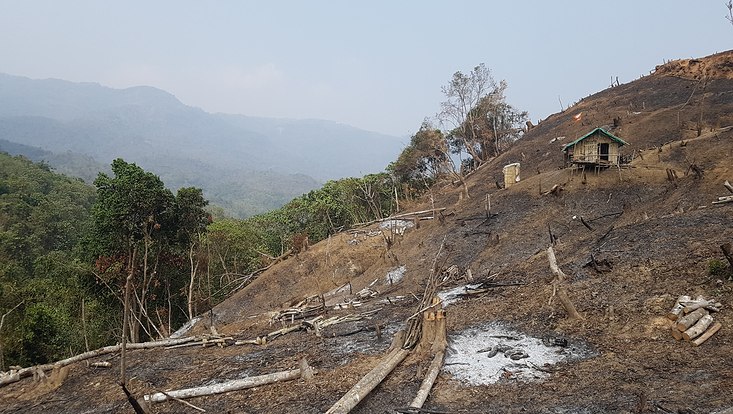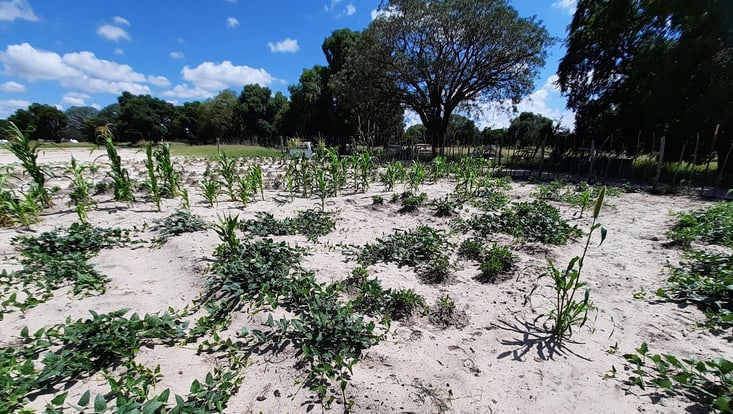Climate change threatens shifting cultivation in India
12 December 2023, by Niklas Keller

Photo: Lea Schröder
Through droughts and flooding, climate change is endangering harvests around the world. But what about regions where farming is difficult to begin with?
A team of researchers led by Lea Schröder took a closer look at shifting cultivation in the Eastern Himalayas. In CLICCS, they are investigating what the sustainable farming of tomorrow could look like. In shifting cultivation, a section of forest is cleared and burned, which fertilizes the soil with ash. After cultivating it for one or two years, the farmer moves on to a new field, while the old one is left to recover. The reason for this practice: the region’s steep hills and nutrient-poor soils, which mean fields can’t be cultivated for long. Using a biophysical crop model, the team projected how climate change could affect soil erosion by the year 2100. “More intensive monsoon rain will wash away more of the fertile soil. The greater the global warming, the higher the erosion will be,” says Lea Schröder. She found that soil erosion could increase by more than 60 percent if the planet warms by 3 degrees Celsius as opposed to 1.5 degrees. In addition, the risk of soil erosion is higher in intensively farmed fields. This is particularly problematic in steep fields, where soil erosion is already high.
Study results available for download:
Schröder et al. (2023): Combined effects of climate change and agricultural intensification on soil erosion in uphill shifting cultivation in Northeast India


